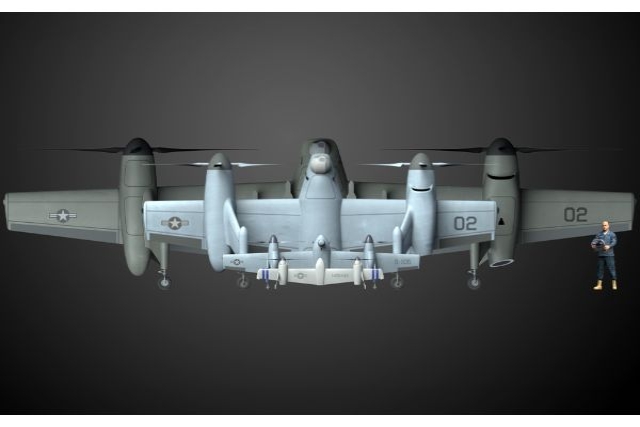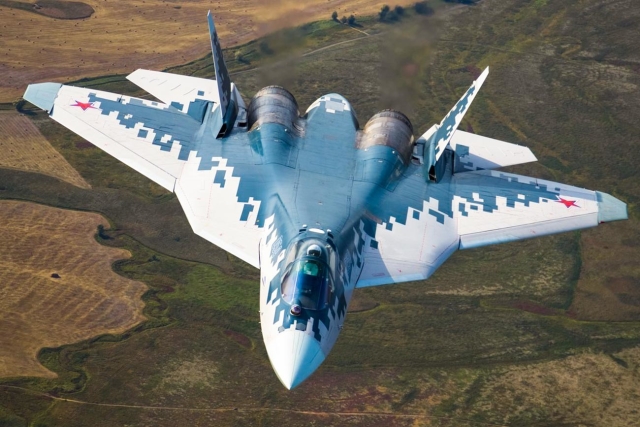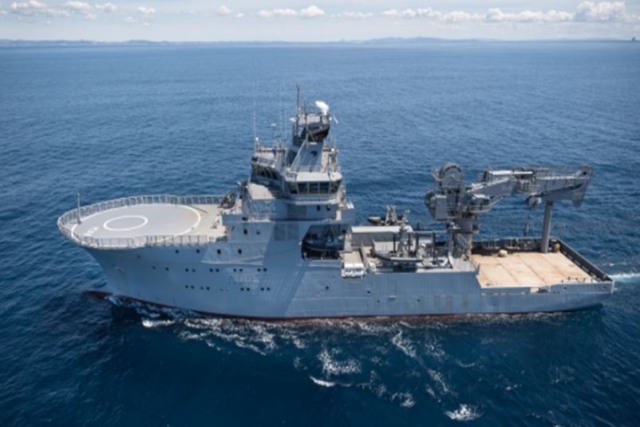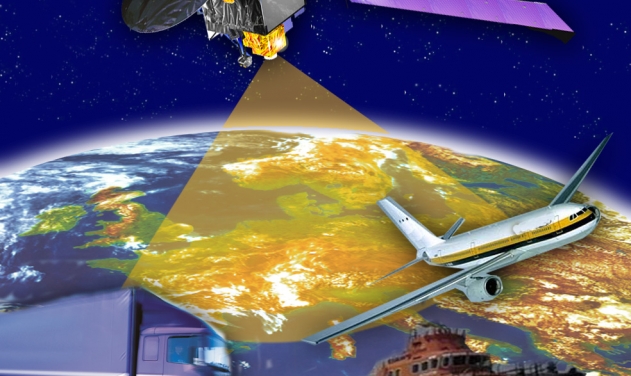Boeing Speeds Up Export Push For V-22 Osprey

Boeing and partner Bell continue to make headway with the export of their V-22 Osprey aircraft right after U.S Secretary of State Chuck Hagel last month negotiated a deal with Israel to sell the first ever V-22 Osprey transports to a foreign country.
The total cost of the V-22 deal with Israel, as well as how many they will purchase, has not yet been finalized. The U.S is also courting possible customers Canada and the UAE as possible initial foreign buyers of the V-22 Osprey. However, despite "significant interest” there is still no word if the sales are going forward.
Boeing and Bell have surplus motivation to win foreign sales because the number of Ospreys they produce each year is set to fall dramatically under a new five-year contract the companies have agreed to, Col. Greg Masiello, V-22 program manager for the Naval Air Systems Command (NAVAIR) said.
In 2013, the HMX-1 squadron that flies the president’s Marine One helicopter, will begin receiving 12 Ospreys that will be used to haul cargo and passengers — including Secret Service agents, White House staff and the news media — during presidential trips.
“They’ll be the only aircraft there in that support in capacity,” Masiello said of the Ospreys to be assigned to HMX-1, which will continue to use the familiar white-topped Sikorsky VH-3D helicopter to carry the president. The Ospreys are to replace CH-46E Sea Knight helicopters that HMX-1 currently uses for so-called “green missions.”
The tilt-rotor aircraft – marketed for its ability to take off and land like a helicopter and fly fast like an airplane – generated negative attention during its initial testing and development as what critics called an unsafe and unreliable vehicle.
The V-22 was deployed to Iraq from 2007 to 2009 where it was used for combat as well as to transport people and cargo. However, it received no adulation for its use in Afghanistan where it has been more widely used to fly for everything from freight to hundreds of assaults, where it’s carried loads of Marines into or out of landing zones, often under intense fire.
It’s also twice as fast as the helicopter it replaces, the CH-46, it has substantially greater range, and can carry more cargo and more than twice as many troops. The U.S. Marines are learning how to maintain it in a harsh environment.









